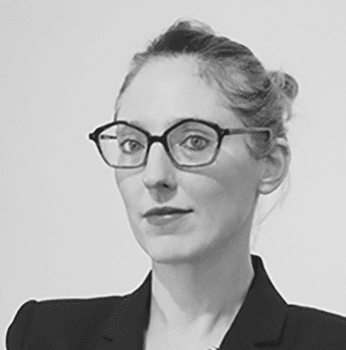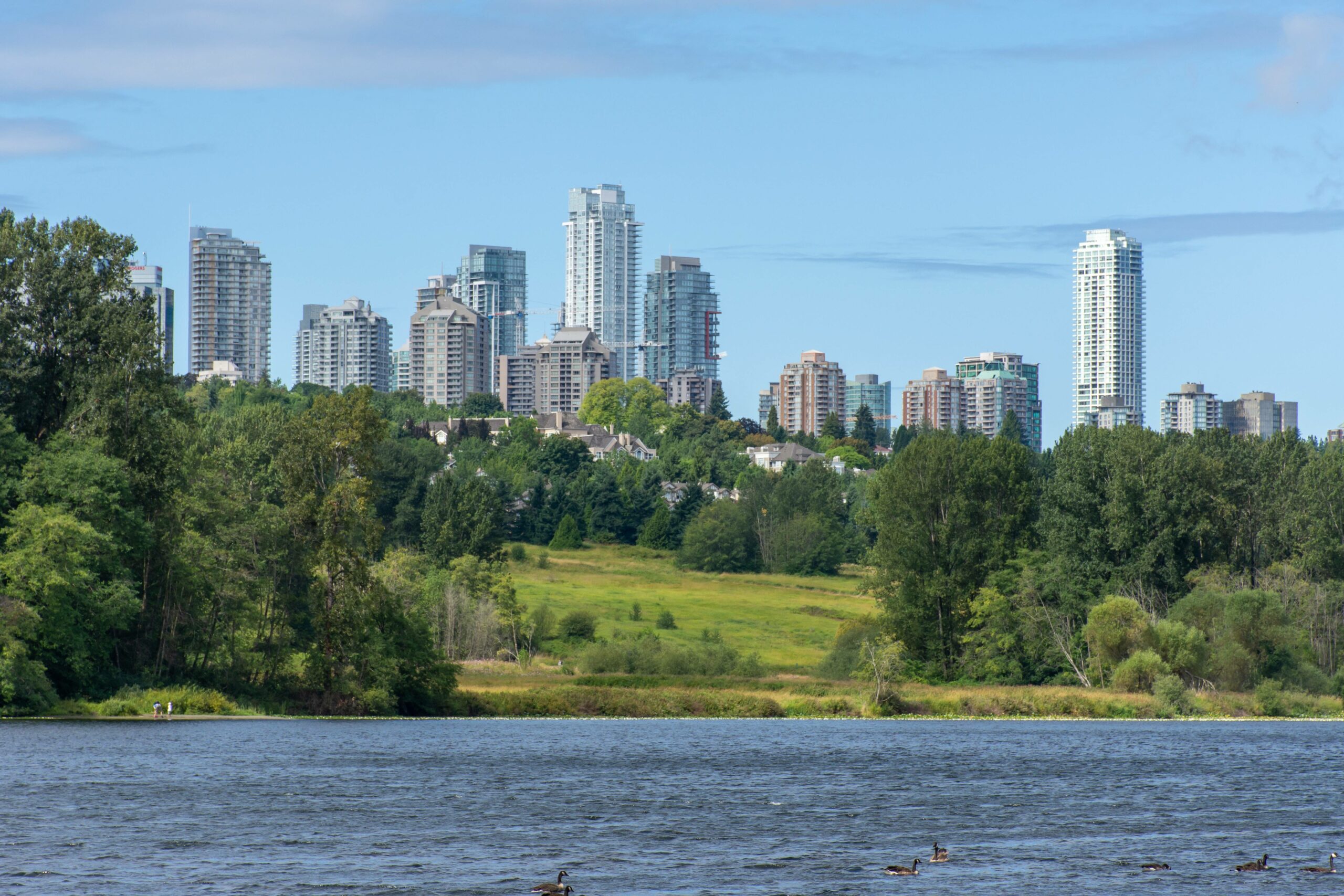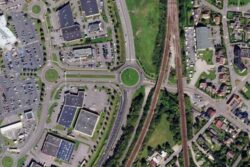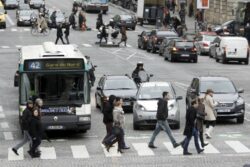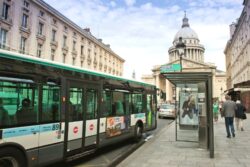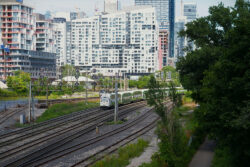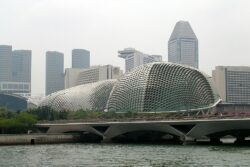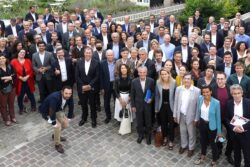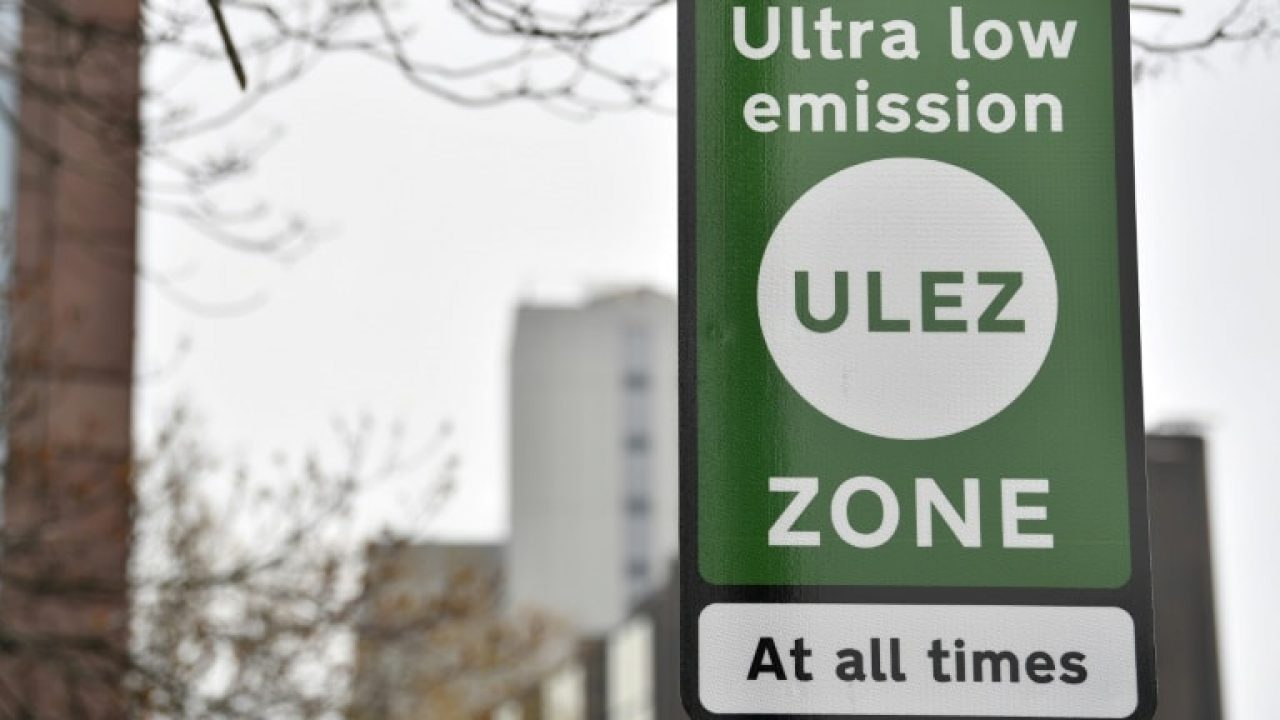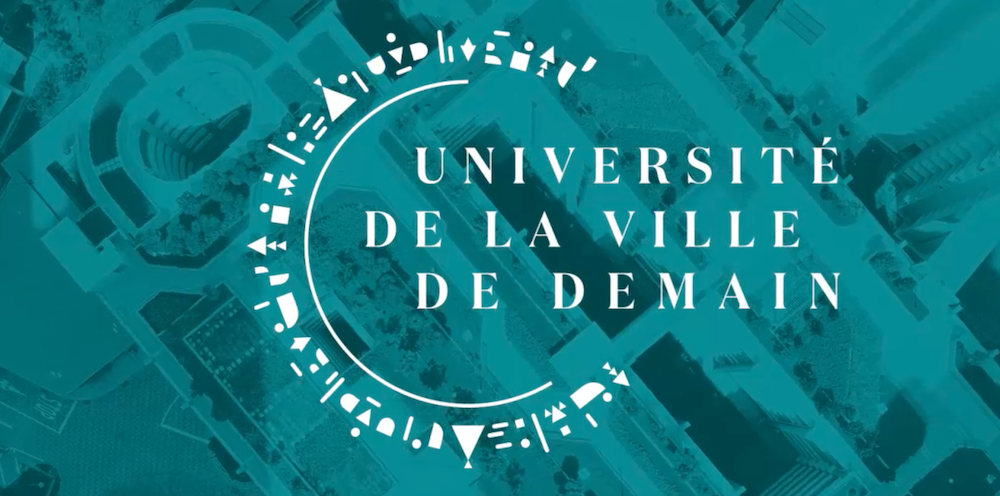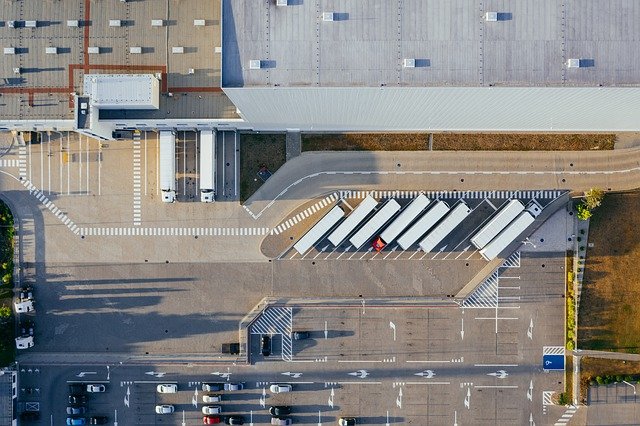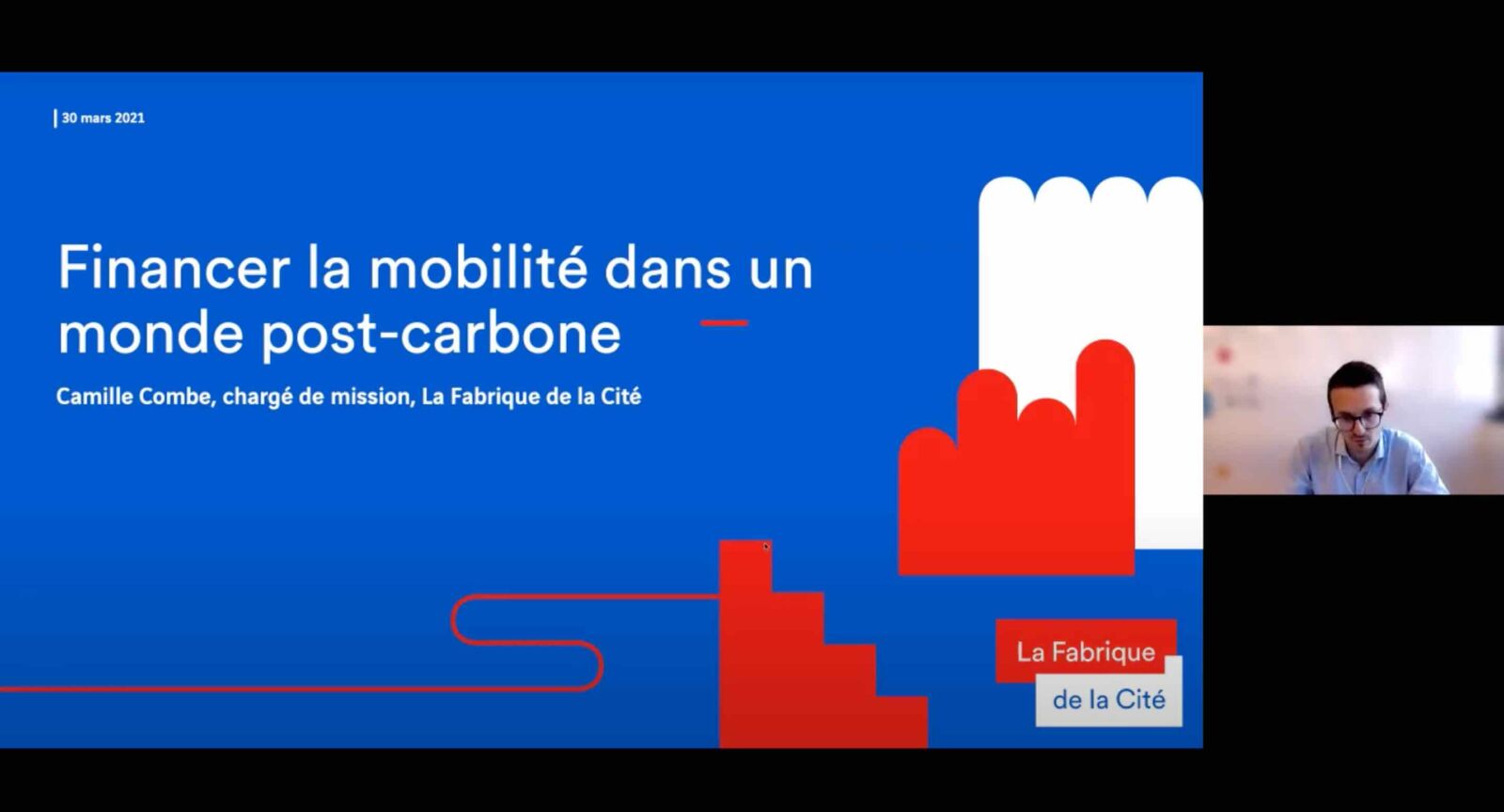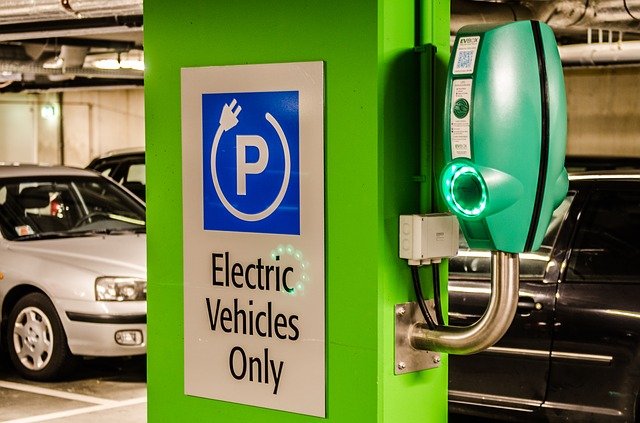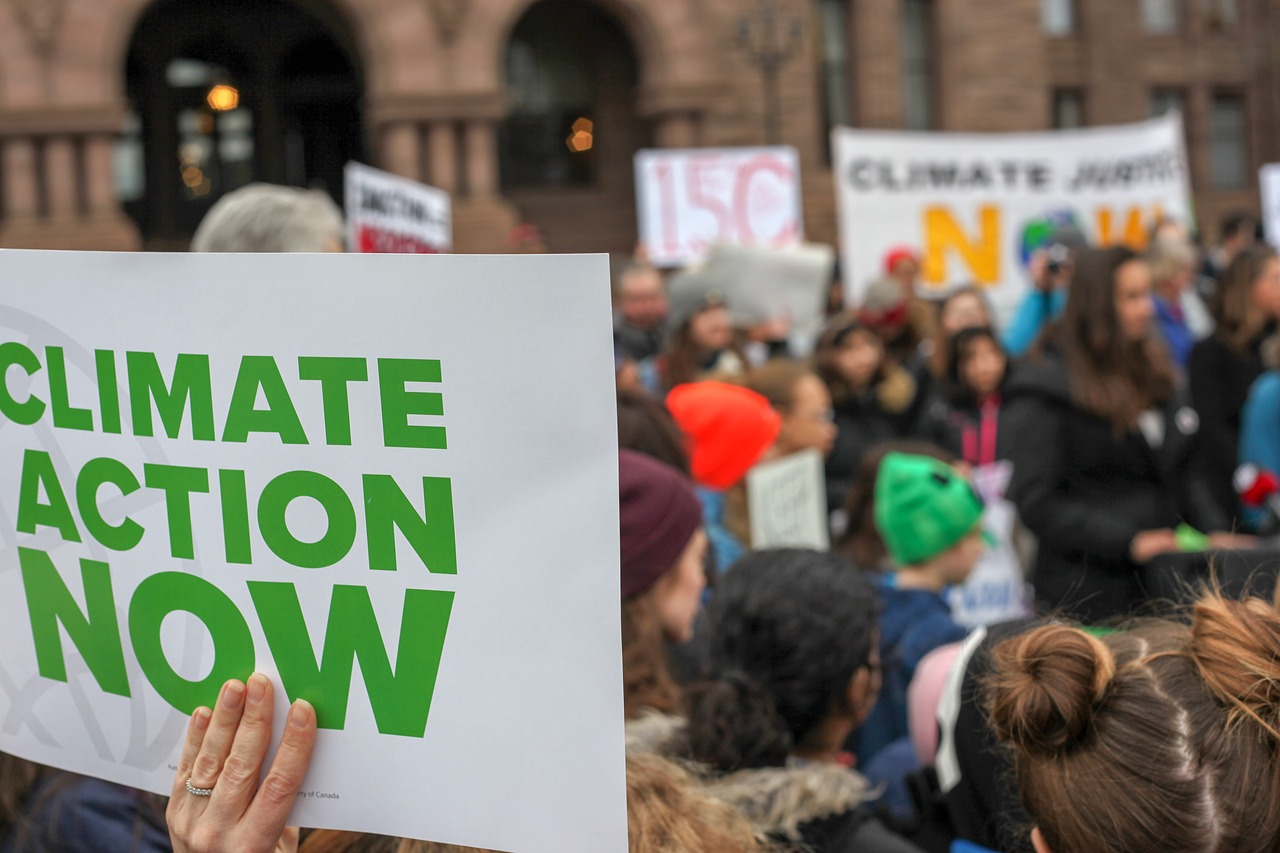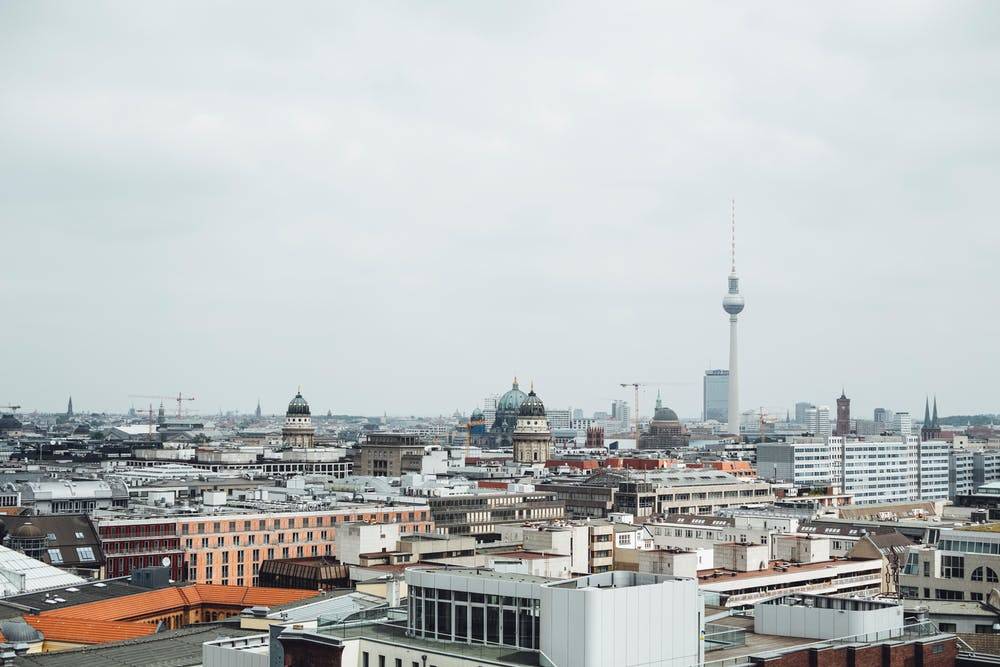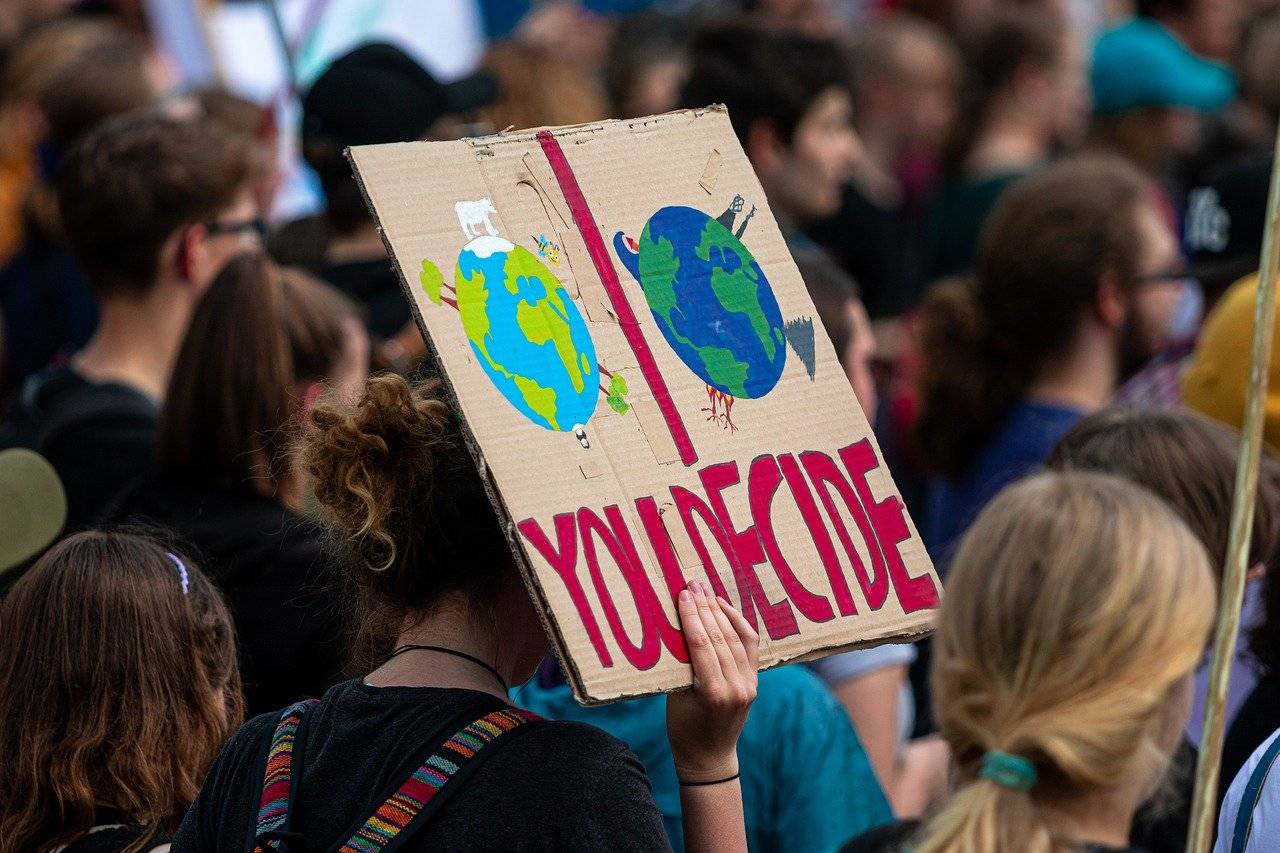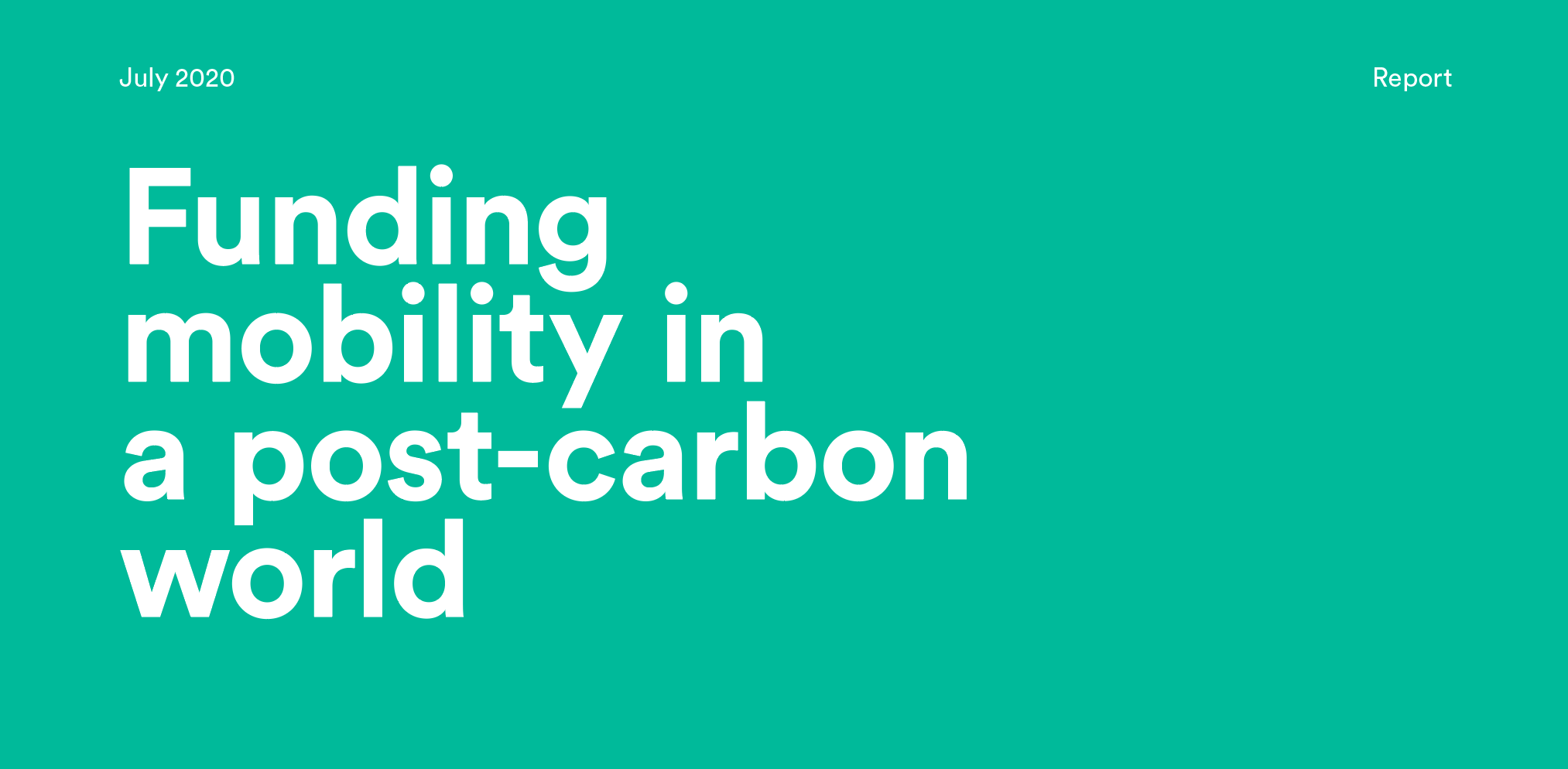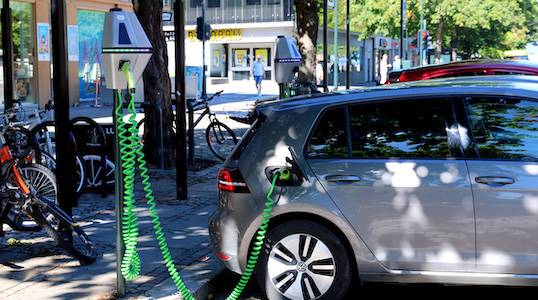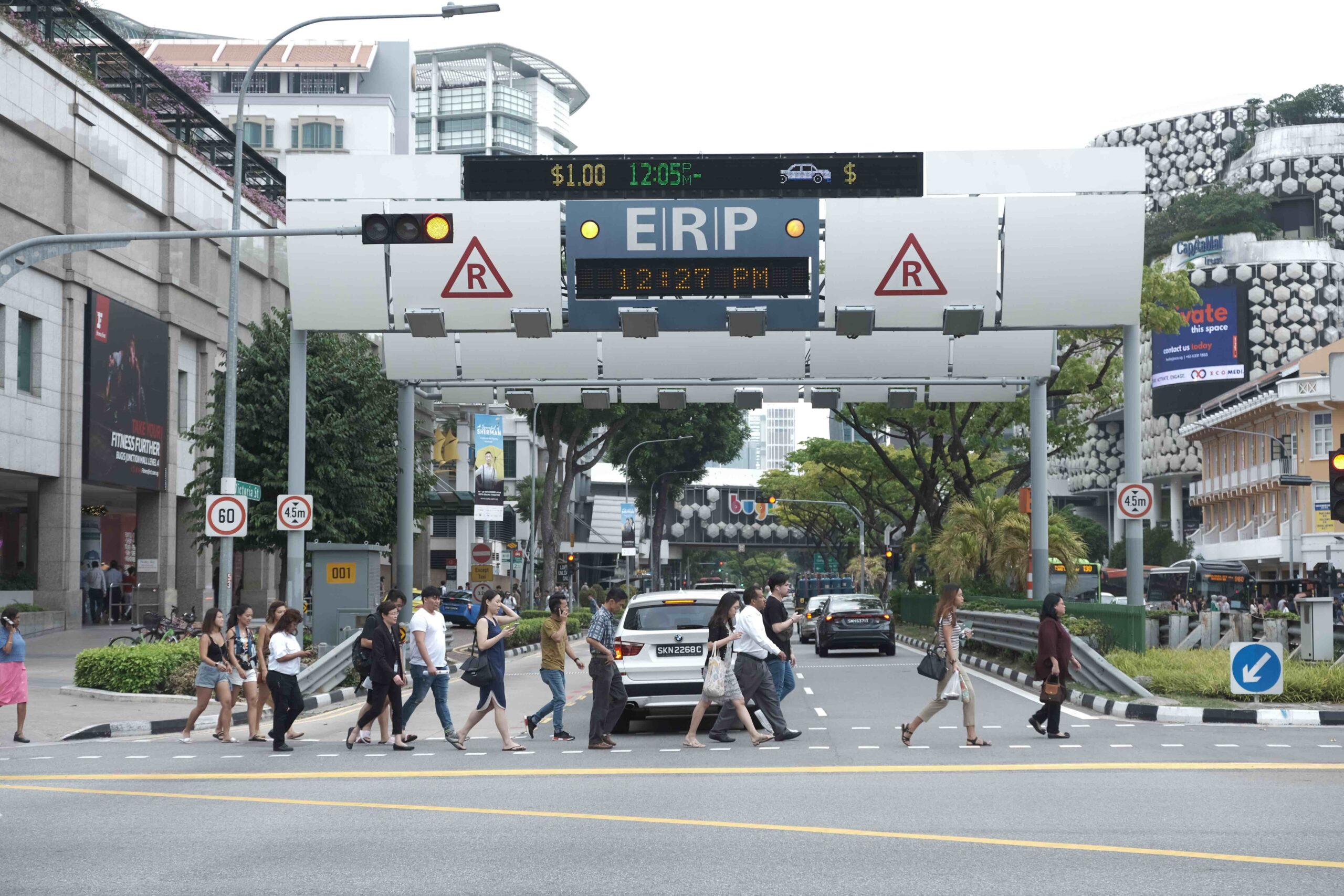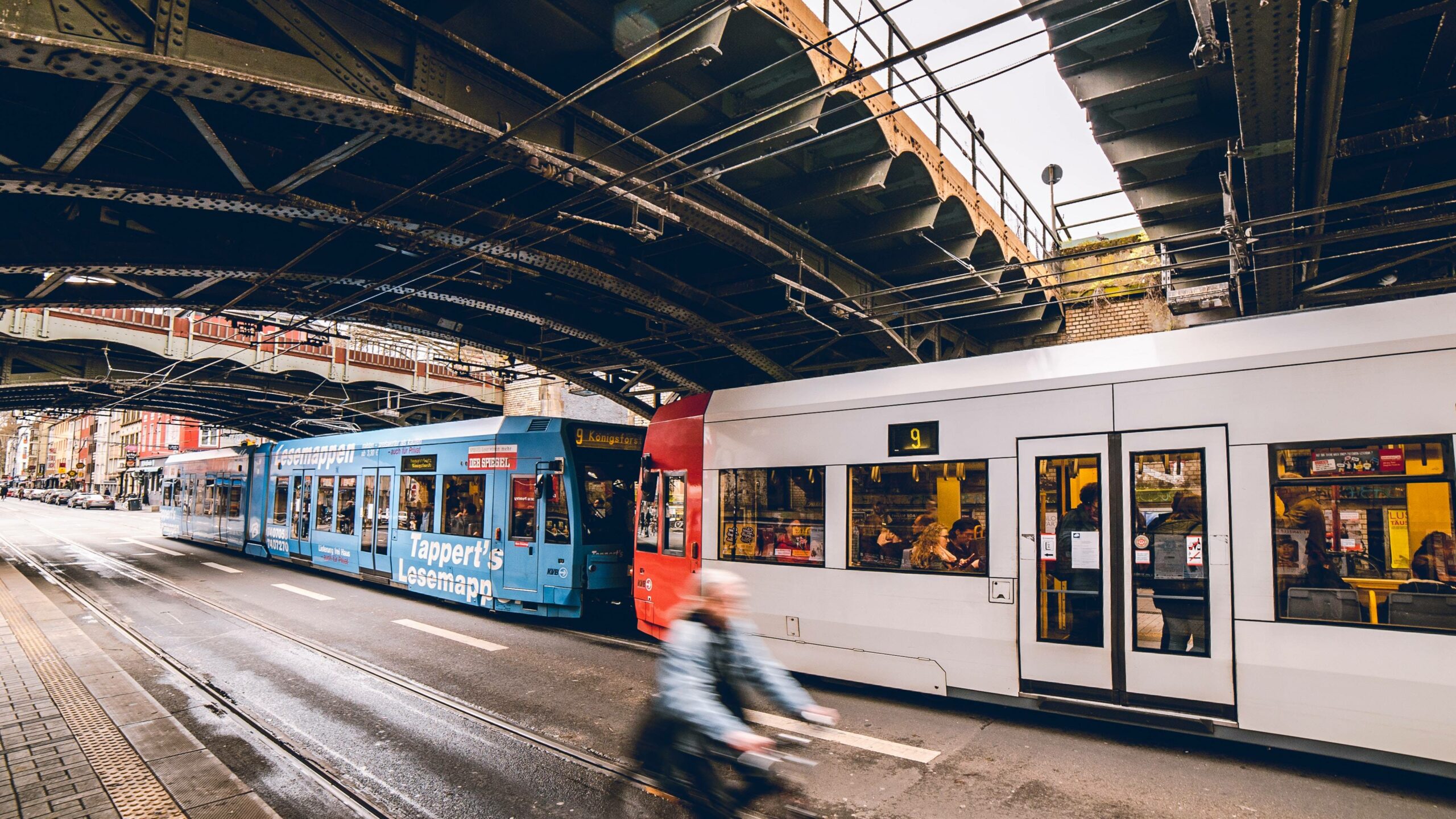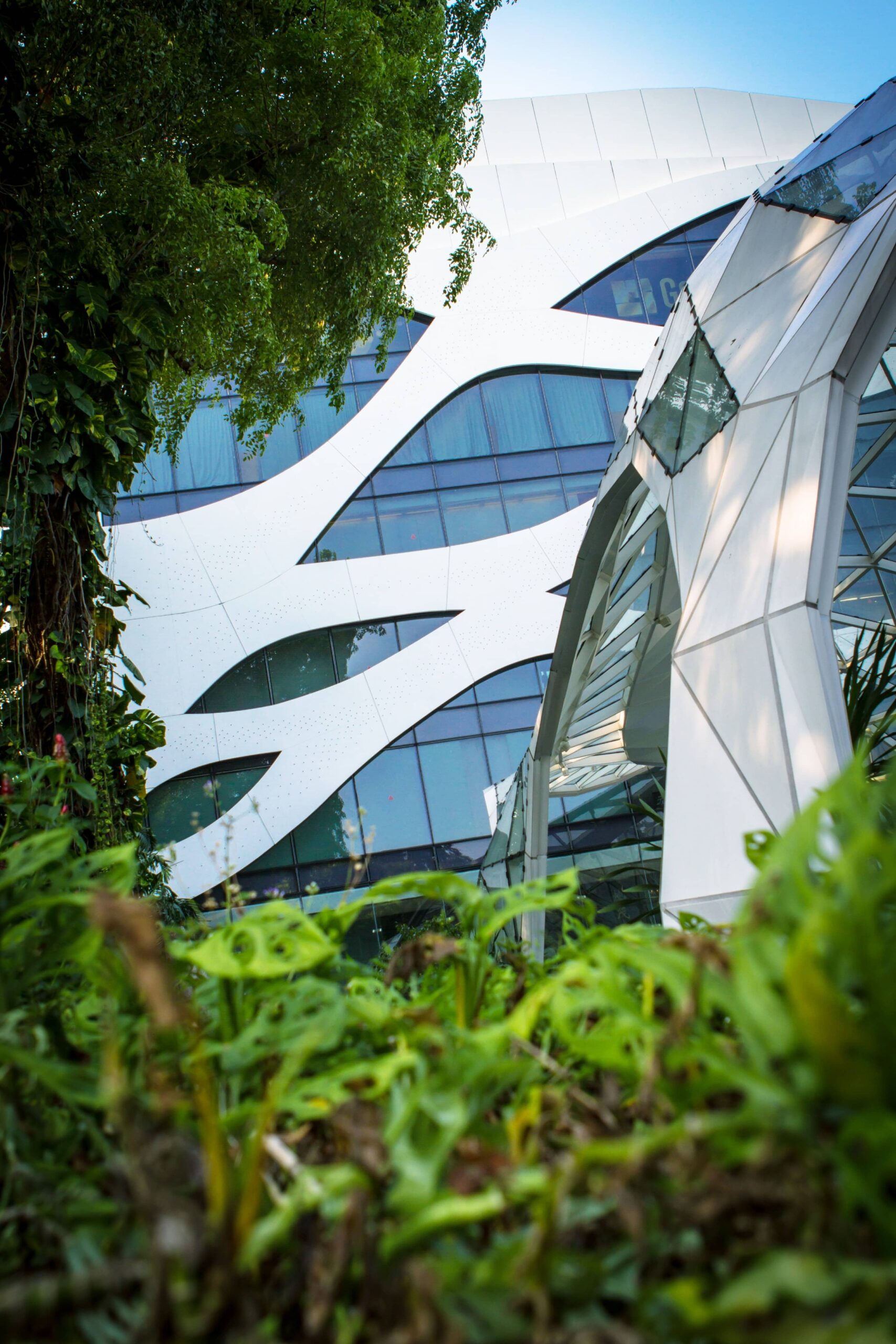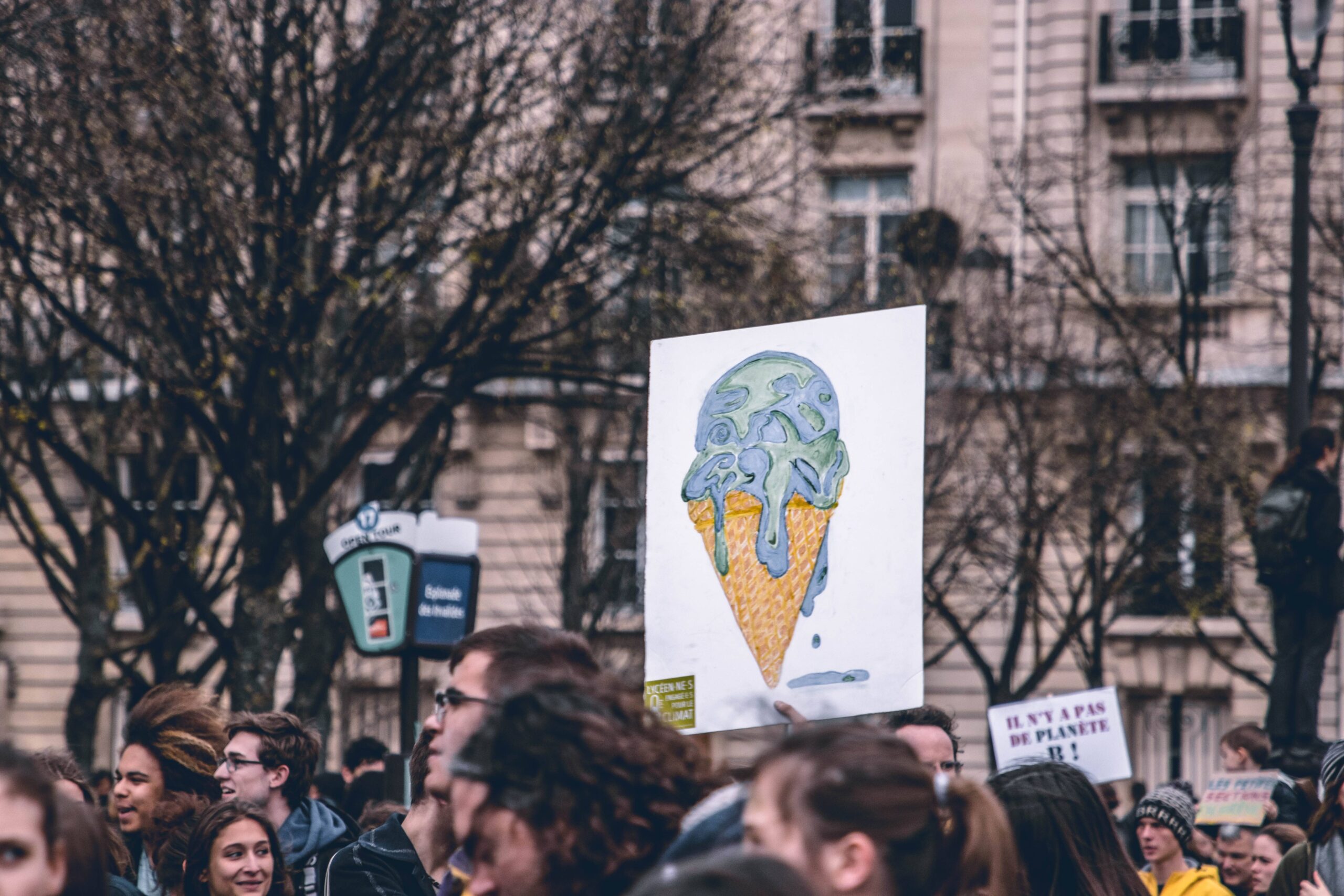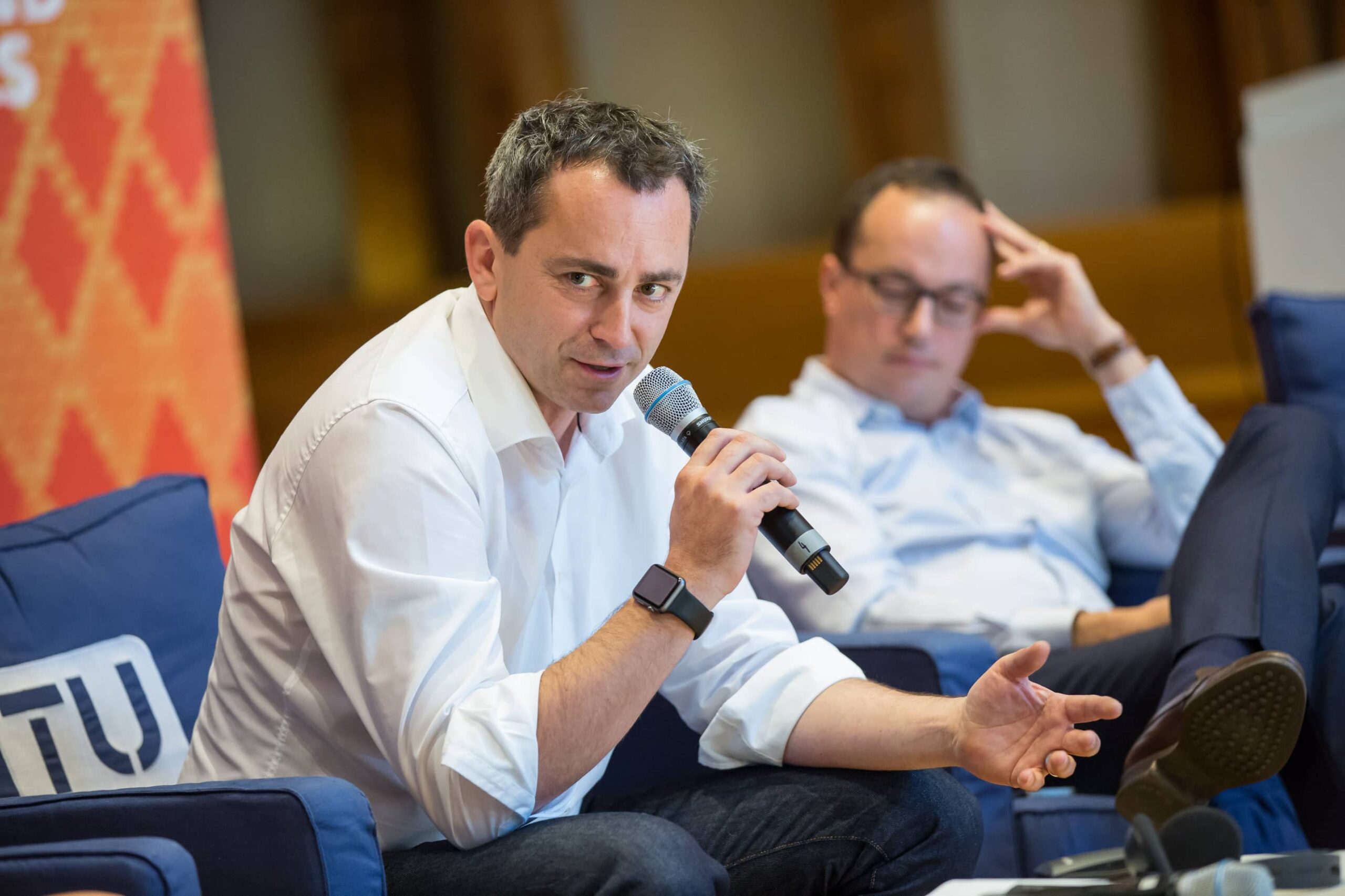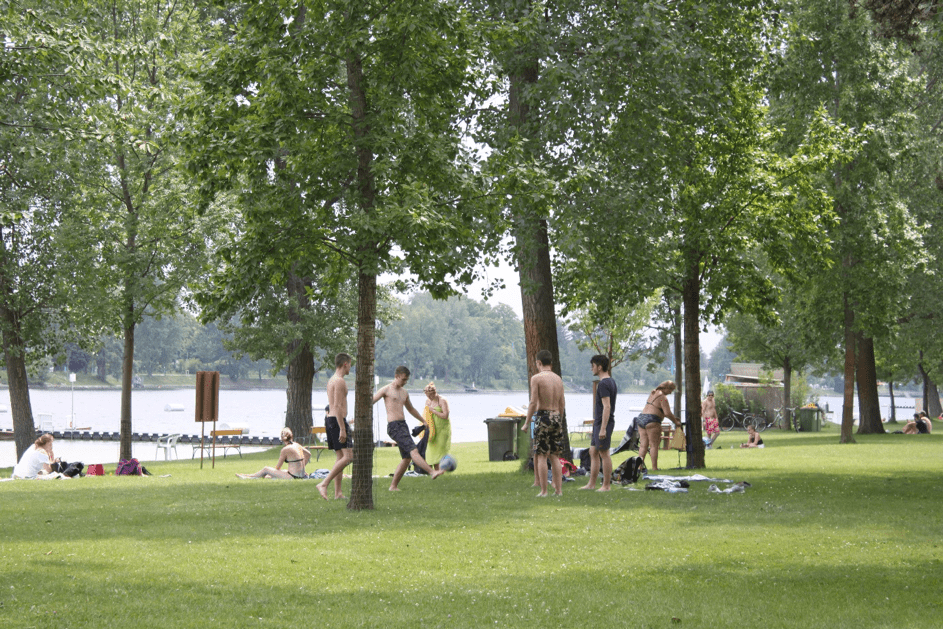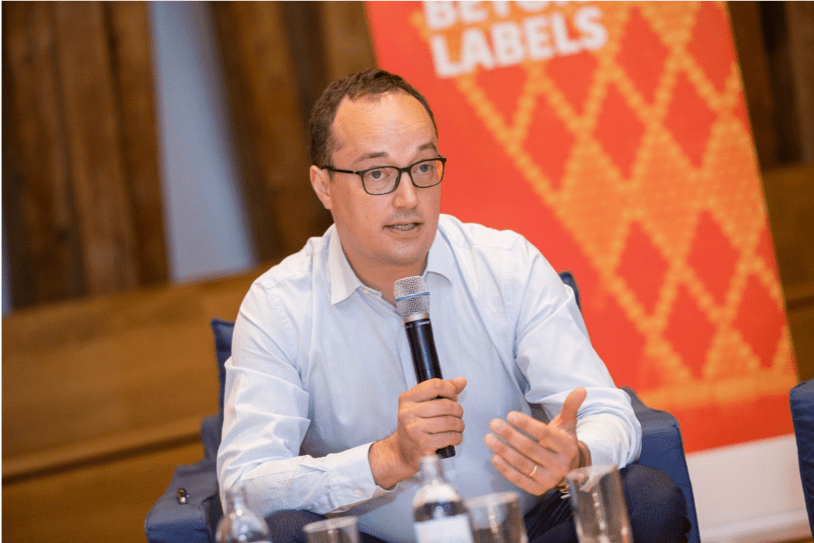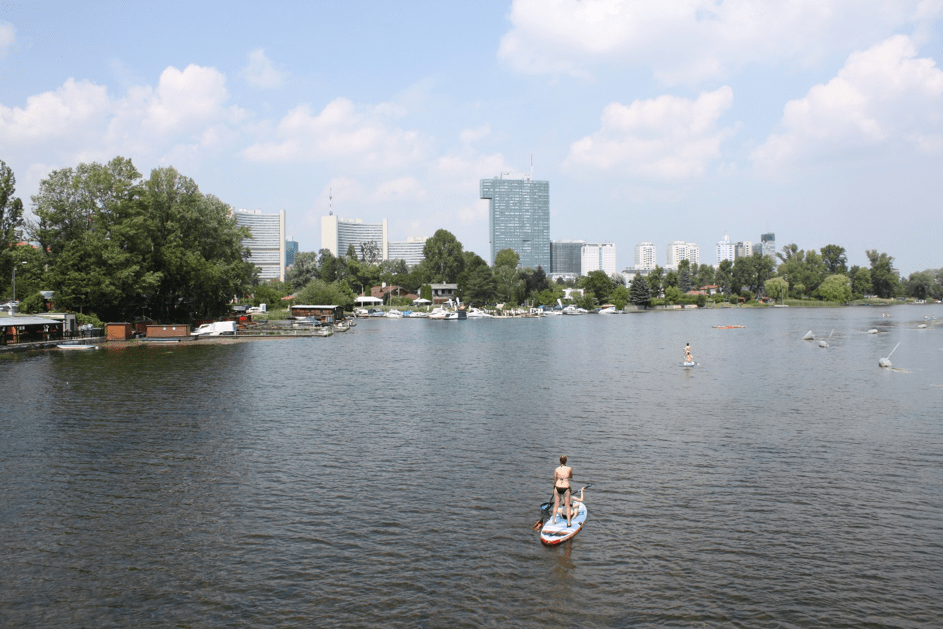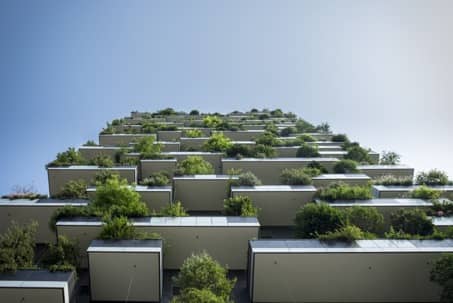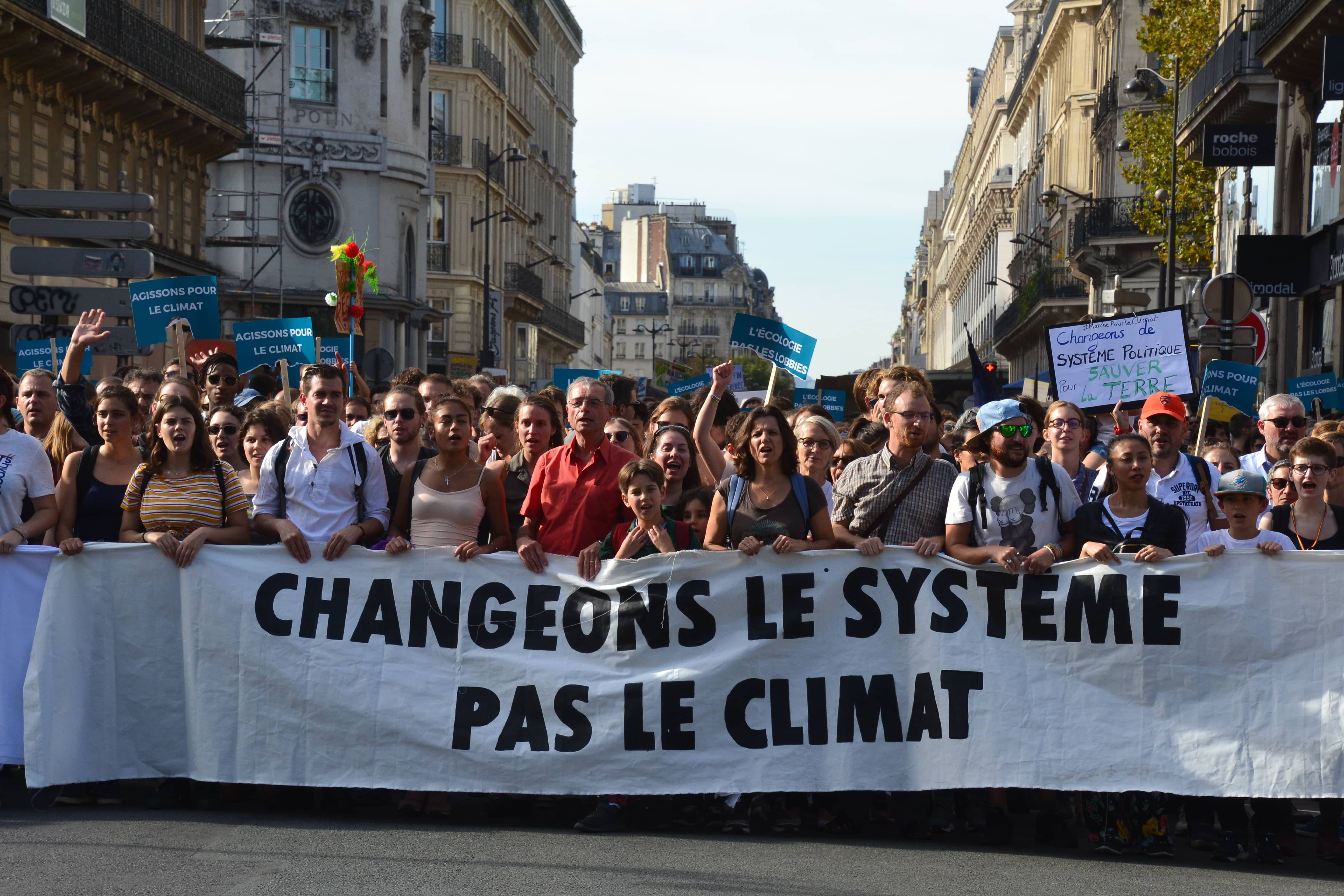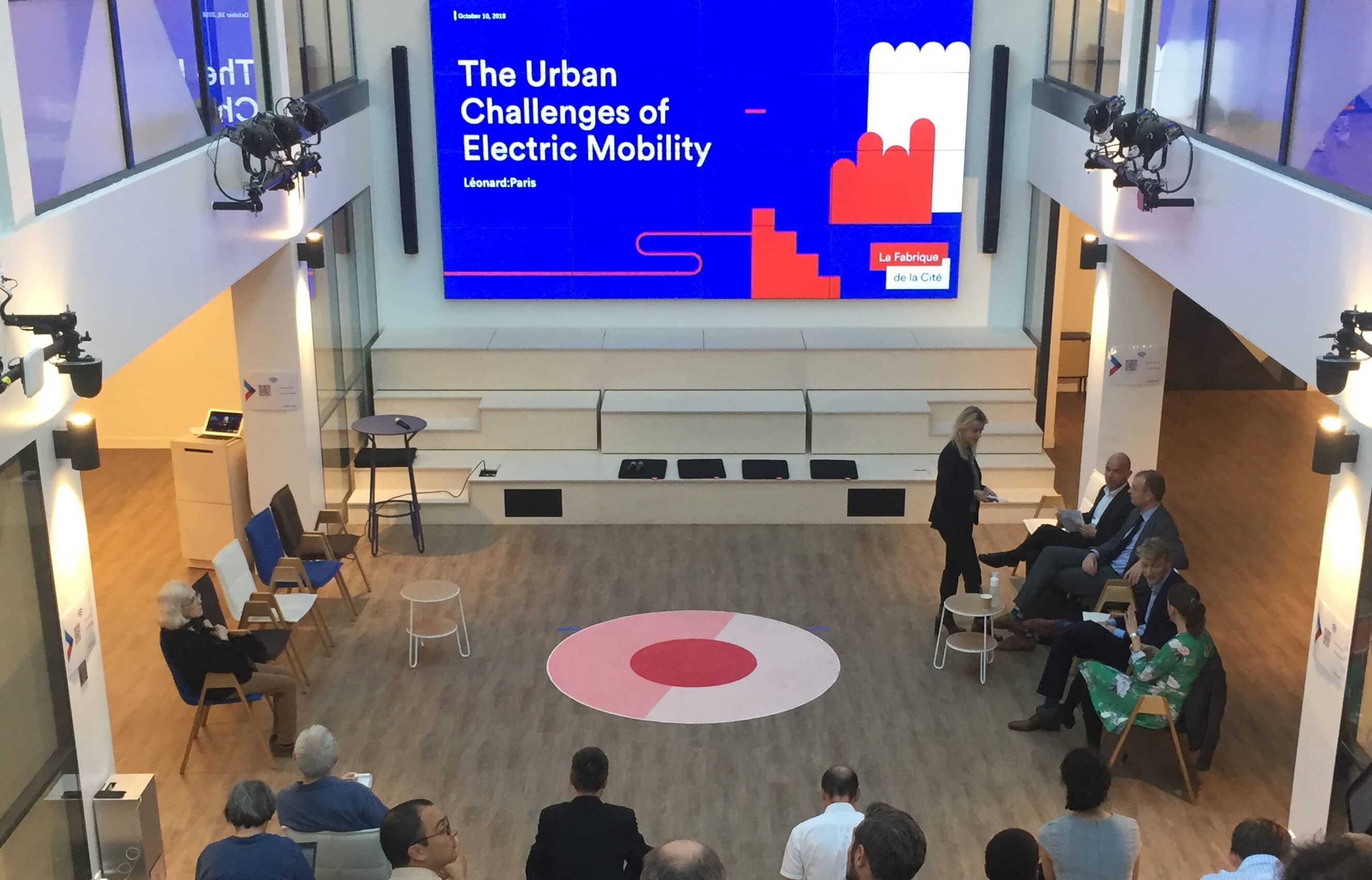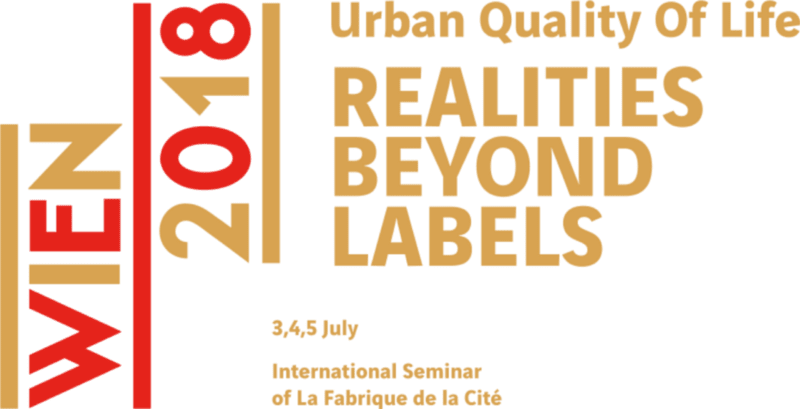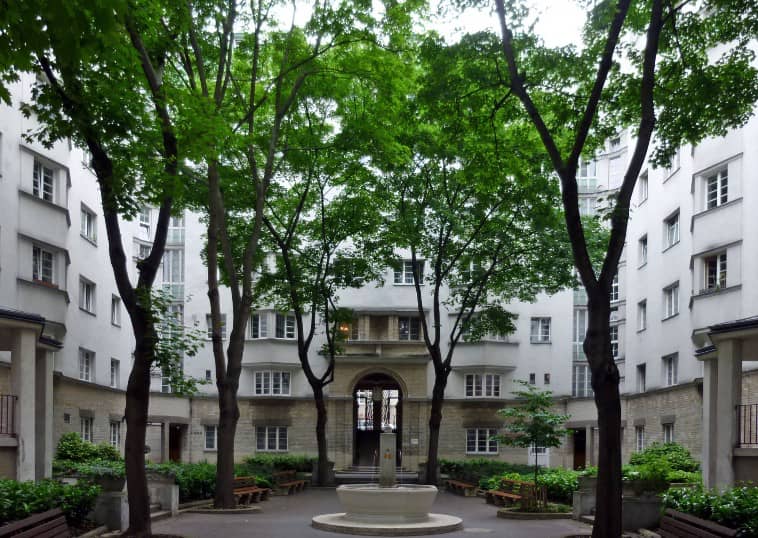

Expert viewpoint: Cyril Roger-Lacan: Will the post-carbon city be inclusive?
Because they concentrate businesses and people, cities are often qualified as major factors of climate change. Moving on from the problems they cause, they now want to find solutions. Yet current events are showing us, with the emergence of the “Yellow Vest” movement, that an environmental transition that does not take social and economic realities into account is doomed to remain just a good idea. How, then, can post-carbon cities be (re)built? How can they be beneficial both environmentally and socially, the two interlinked priorities of the environmental transition? La Fabrique de la Cité met Cyril Roger-Lacan, Chairman and CEO of Tilia, a consulting company for the energy transition.
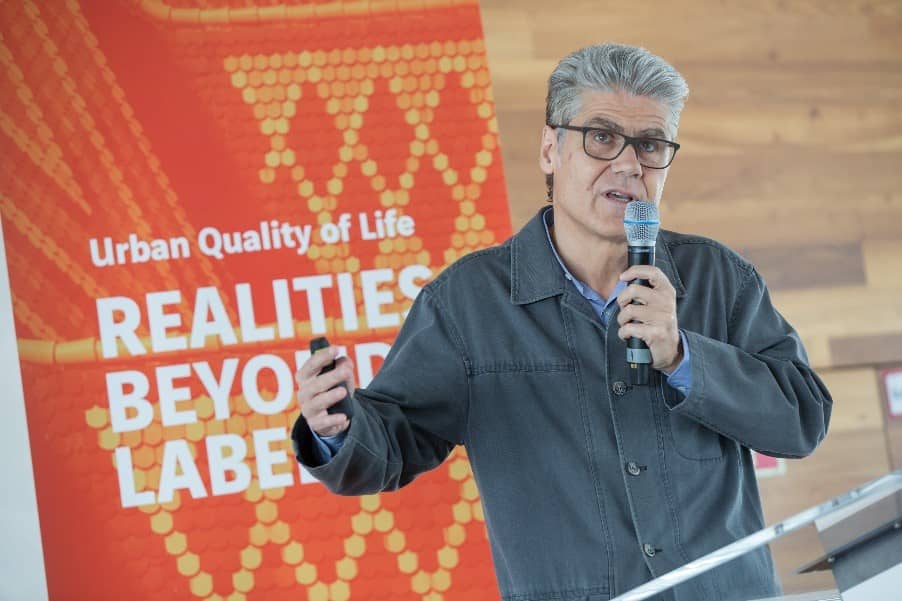
What is an inclusive city?
There are abundant definitions of the inclusive city, but what is it really? I propose to define it on the basis of this quote from Paul Éluard: “I build my whole through all beings” (Vivre). The inclusive city is therefore one which gives all its citizens the capacity to grow through others and with others.
We cannot, however, establish a direct link between inclusive cities and the energy transition. If you look at it in terms of carbon footprint, it is obvious that cities full of digital systems are now energy efficient – but they are not necessarily more inclusive. In Singapore, for example, the authorities have been staking everything on efficiency and digital technology for a long time. You could think that the aim of this model is more about developing technology showcases with major companies rather than worrying about including individuals. Addressing the issue of an inclusive post-carbon city goes far beyond mere energy supply concerns. This is why it cannot focus solely on technological optimisation. The idea is to shift gradually from the energy transition to the environmental transition. The latter encompasses more aspects and proposes a shift to a new social and economic model and a sustainable development model that alters our lifestyles. The energy transition is therefore only one focal area of the environmental transition.
A direct link between the inclusive city and the energy transition cannot be made: for a very long time, energy infrastructure was designed without considering users. Today, infrastructure is being reinvented in dynamic local areas in close cooperation with the population and the municipal democracy.
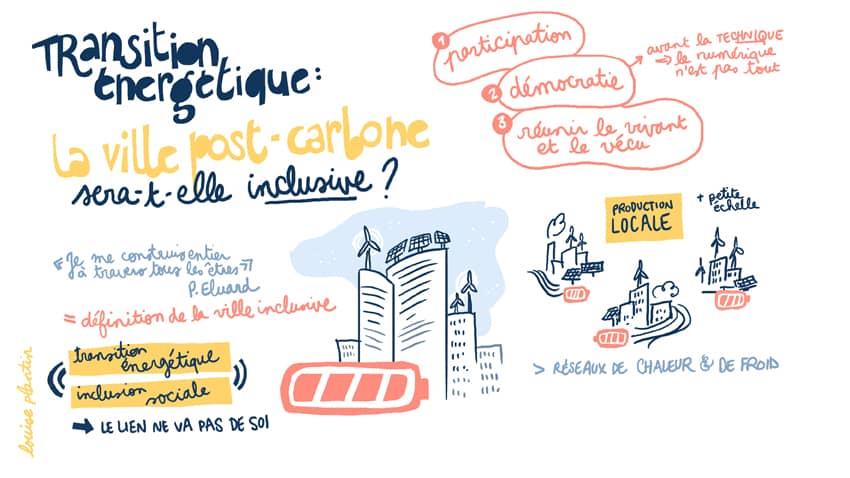
How can inclusive energy systems be designed?
Thermal power – which accounts for 50% of the energy we consume – is one of the key elements of the transition. However, current debate is focused on electricity generation and supply, which only accounts for 20-30% of consumption. The generation of thermal power can utilise all the energy forms in the local area, from wood biomass to energy from waste processing, for example. However, heat and cold are very difficult to transport: new thermal energy systems must therefore be designed locally, in line with urban planning projects and on the basis of a new type of close cooperation with stakeholders. This is the most effective solution to build an inclusive post-carbon city.
The first challenge today is to consider energy in connection with other urban services such as transportation or waste management.
The current heat and cooling network models are fortunately nothing like those of the 1970s and 1980s. Back then, users were captives of an organised and set network. Today, systems are incremented, developed and operated through network connection requests. It is now possible to design smaller-scale systems by building them around decentralised generation units and semi-closed or closed systems, as is the case on the Plateau de Saclay[1]. In this situation, cooperation between stakeholders is essential.
I took part in drafting the “Efficient district heating and cooling systems in the EU” report sent to the European Commission. Several conclusions could be drawn from this. Firstly, and perhaps most importantly, a heating and cooling network system is only efficient if it is designed in very close conjunction with an urban development project. Secondly, non-technological innovation is as important as technological innovation, which comes up with new ways of including the various stakeholders in the system’s operation. Lastly, the project’s success depends equally on cooperation and competition. It is therefore important to remember that urban energy systems must be considered as projects to be rolled out in cooperation with the various stakeholders to ensure the emergence of an inclusive city.

I would like to illustrate my point with an example from Potsdam, Germany. We took part in creating an eco-district in a former military district that the city council wished to repurpose by establishing offices, housing and service buildings. A major German equipment manufacturer had proposed an energy system designed with the best practices and tools available. In the solution proposed, the cost of heating worked out at €200 per megawatt/hour. This was unaffordable for housing! We took over the project and conducted in-depth work with users. By developing a more participative and inclusive approach, we managed to cut heating costs by half.
An urban energy system can therefore only be really inclusive if a holistic approach is adopted. Networks must be considered as a set and all stakeholders must be involved. Many energy transition projects are rolled out solely from a technical standpoint. A mayor may, for example, set the objective of implementing rooftop photovoltaic projects. The intention is good but unfortunately, I do not believe that this reasoning works if the project is not considered more generally: what is the pursued objective? Is it to be on the cutting edge of technological prowess regardless of the cost for the user or to develop an integrated system that is efficient for all? The question of investments, where, how and why they should be made, as well as the means through which the transition should be addressed, must be raised urgently.
Today, everything is technically possible. Energy costs are a social challenge. One of the major challenges of the energy transition is to successfully re-establish an order of priority for investments.
In Querfurt (Germany) for example, infrastructure was old with a high carbon footprint. Many companies had broken off from the municipal network and the fixed infrastructure costs were mainly borne by the inhabitants of social housing. Tilia took part in creating an energy system based on cooperation between various stakeholders. As a result, the carbon footprint was cut by 40%.
However, one question should be asked: when developing autonomous local systems, is there a risk of unravelling the very idea of public service by making those who do not have the option of becoming independent energy generators bear the fixed maintenance costs? For instance, part of the solar power network models is based on the resale of the solar power generated, which implies that there is a universal network to which everyone can connect. Yet who can finance this network? The optimum of the energy transition is not the agglomeration of various independent systems. On the contrary, it is the capacity to connect the different systems. Rather than attempting to limit the number of networks to create a single universal national network, it is better to increase the number of exchanges between independent local networks which provide more flexibility. For this reason, we can see that the transition works better where the network is supported by municipal systems than where there are national monopolies which struggle to blend into local projects.
How can a city really embody its inclusive energy transition policy?
Firstly, an inclusive energy transition policy must be embodied by the organisations which represent the public good. In Vienna, the “Wien Energie” Stadtwerk, a municipal company tasked with managing energy generation and supply within the “Wiener Stadtwerke” group, works particularly well. One of its major successes was to build a heating network in a very old urban fabric. Its good operation is also due to its ubiquity in Viennese daily life, which enables its involvement in the energy transition. One simple example of this ubiquity is the installation of signs explaining the actions of the city and the Stadtwerk in certain key locations in the city. This is clearly not a technological solution but rather one that is based on individual cooperation and participation.
There are also different ways of meeting with citizens during the design and implementation phases of energy systems. Upstream, we can talk about co-design, because there is an objective of using energy sources that can be rooted in industrial or agricultural activities which are in the city or on the outskirts. Downstream, meetings are conducted on the project design with those who will use the energy or with communities who come together to approve an energy project concerning their district. New participative dynamism can be observed across the cycle.
What is the importance of digital tools and technology in building an inclusive city?
I cannot deny that technological advances are beneficial to cities and to the transition. I would simply say that it is good to take a step back and consider what they will change in terms of inclusion…. I have visited cities such as Riyadh, where a pedestrian can walk for half an hour without seeing another living soul. Yet this city is on the cutting edge of technology. This raises questions regarding the fundamental meaning of a model based on technology … I do not think that really effective paradigms can be developed if the focus is on digital technology. Naturally, the other extreme must also be avoided which would completely neglect this technology. It does have very important functions in cities, in particular with regard to flow management or real-time data measurement and control. Entirely digitised models are very useful and their predictive aspects can be used to anticipate a number of factors. However, we must be careful; statistics and models can ultimately become constraints. At one point, the approach is reversed: we no longer shape our cities on the basis of data but the data then shapes our cities…
The energy transition is therefore a key challenge when building inclusive cities – as is the environmental transition, which has a broader scope. How can cities launch this environmental transition?
Cities have been the first place where two dimensions of life, the living and the experienced, were dissociated. The living dimension is life, but without awareness of it: animals and plants live. The experienced, however, is the experience of an individual, which can be felt intensely through the perspective provided by consciousness. Today, the challenge is to re-unify these two dimensions. Urban planning, through its ability to create beauty and facilitate co-habitation, can bring about an emergence of living systems, sensitive communities or collective action to restore the concept of experience. The regression of public space, under the impact of functionalist approaches, has long since been a factor of withdrawal and an obstacle to the inclusive city and therefore the environmental transition. The challenge of transition towns is to be able to rebuild sensitive communities through quality public space. Inhabitants must be able to occupy the public space and express themselves in it. To do so, the link between the experienced and the living must be restored. This link implies new alliances between scheduled democratic and urban development projects and spontaneous and creative initiatives by inhabitants. Some sites are a prime example of this, such as the Danube Canal, a major urban site in Vienna, which is both participative and inclusive: each person can go there and give free rein to their creativity. They can express themselves, particularly through graffiti. The public authorities understood this and contribute to this dynamic by not removing graffiti. The walls along the canal are viewed as a canvas for free expression.

These other publications may also be of interest to you:

Lisbon beyond the Tagus
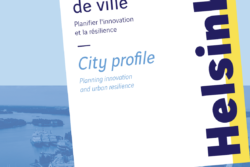
Helsinki : Planning innovation and urban resilience

A warm tomorrow

Nature in the city
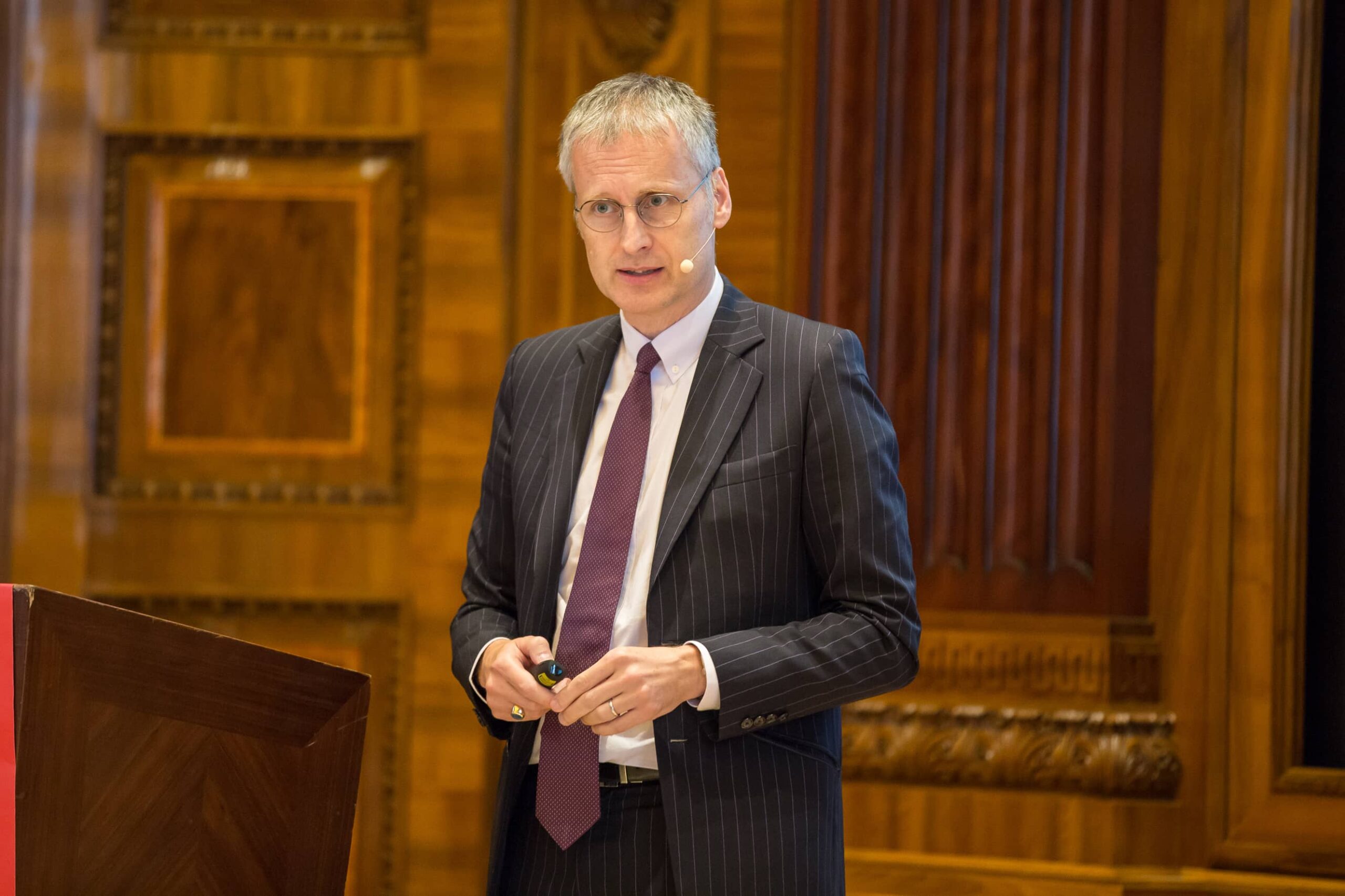
Viktor Mayer-Schönberger: what role does big data play in cities?
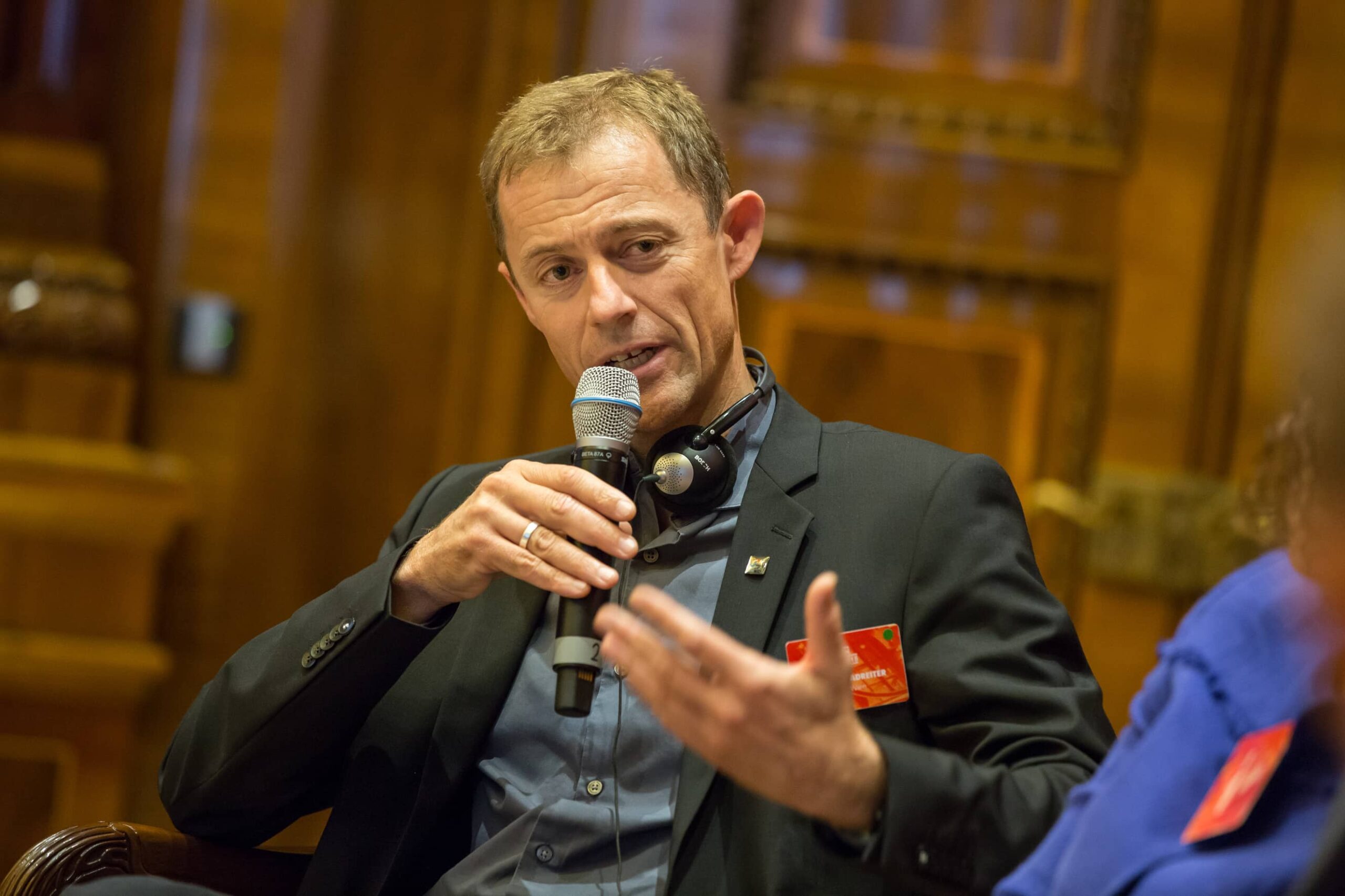
Thomas Madreiter: Vienna and the smart city
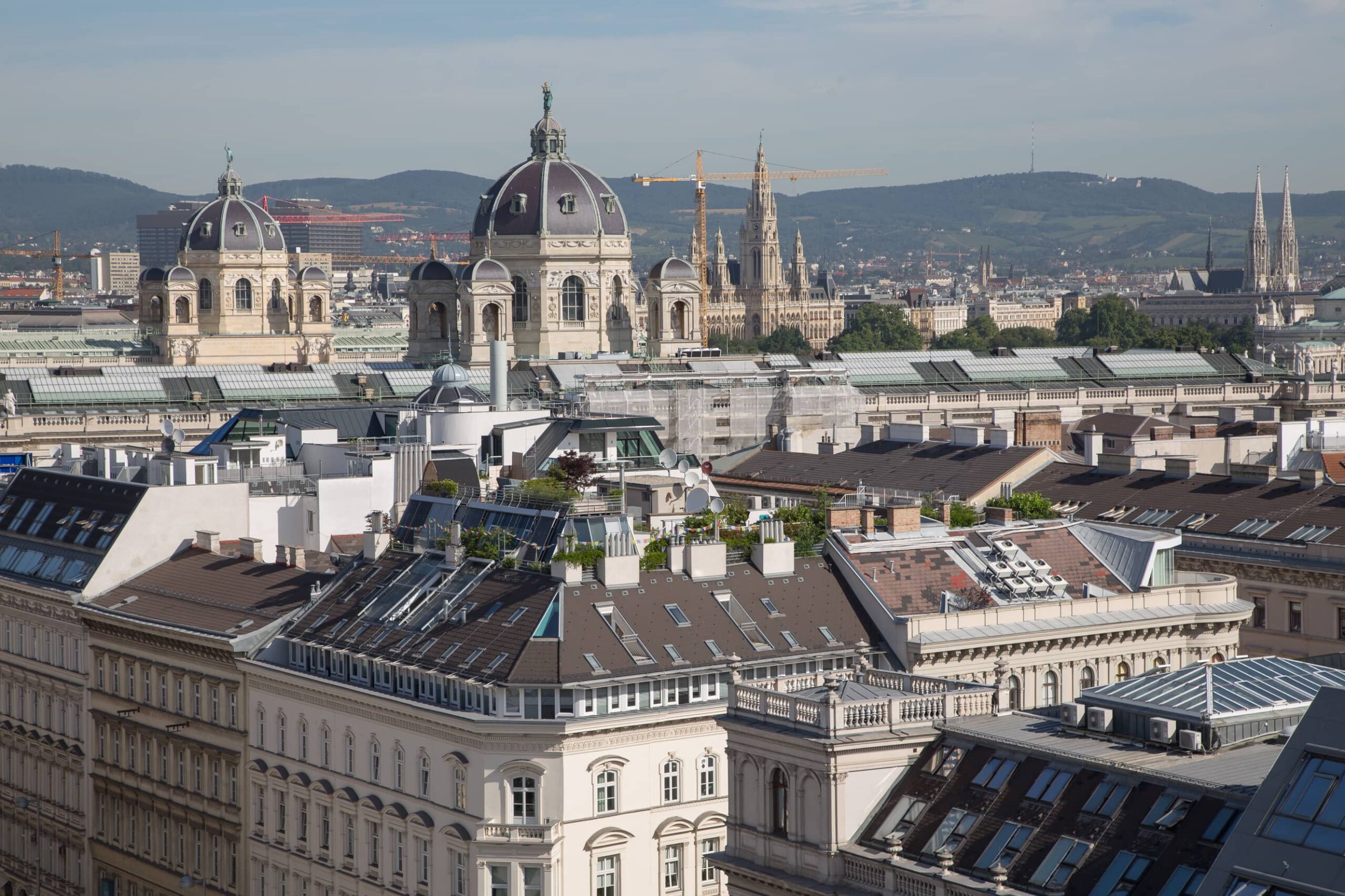
Vienna

Breathless Metropolises
La Fabrique de la Cité
La Fabrique de la Cité is a think tank dedicated to urban foresight, created by the VINCI group, its sponsor, in 2010. La Fabrique de la Cité acts as a forum where urban stakeholders, whether French or international, collaborate to bring forth new ways of building and rebuilding cities.














